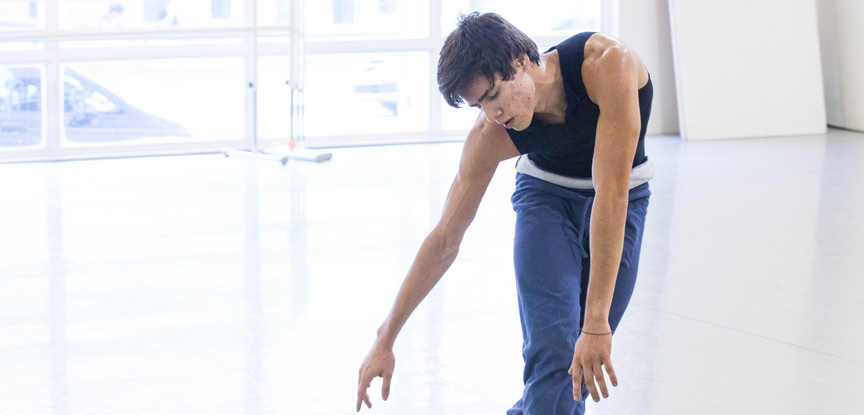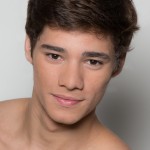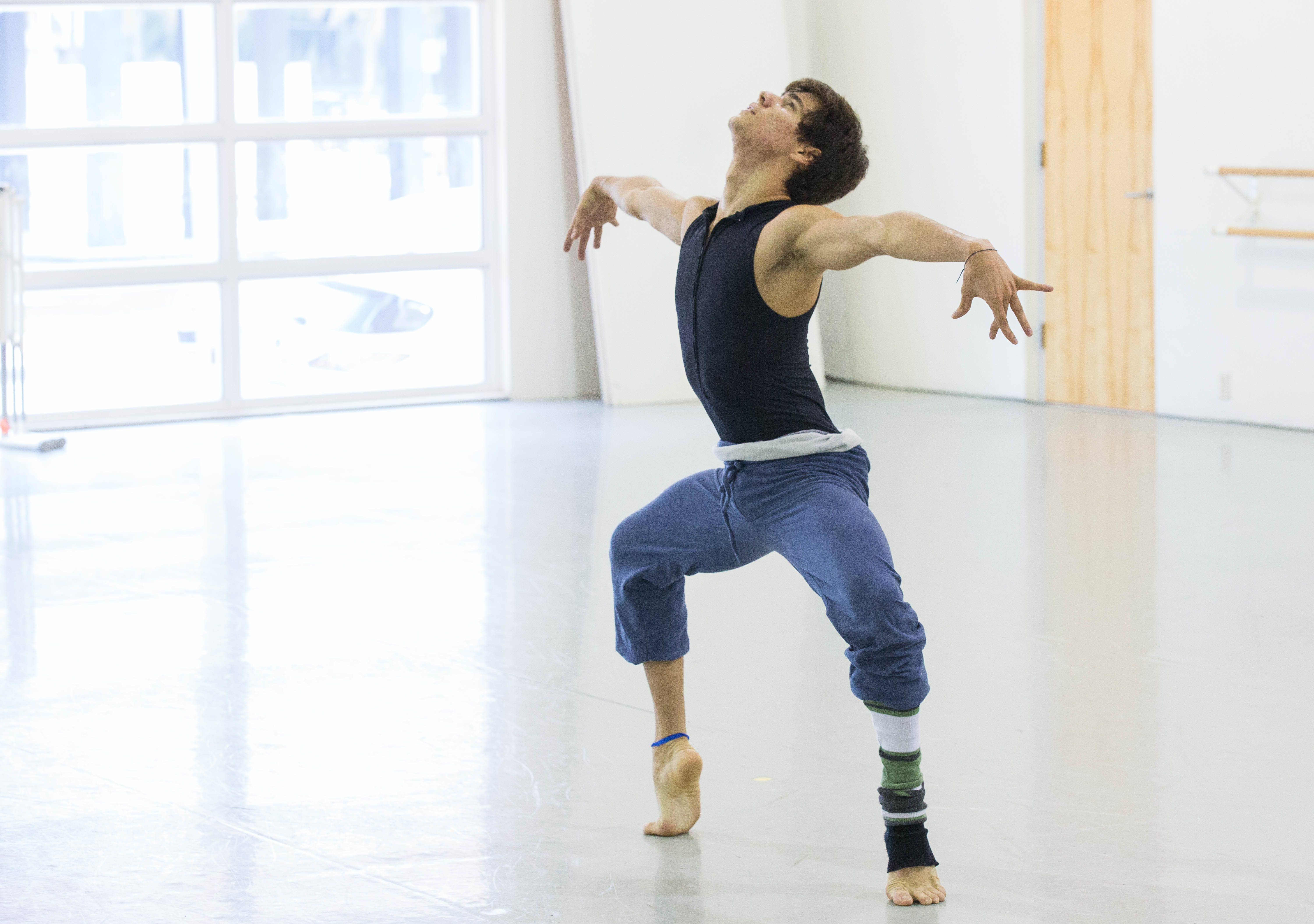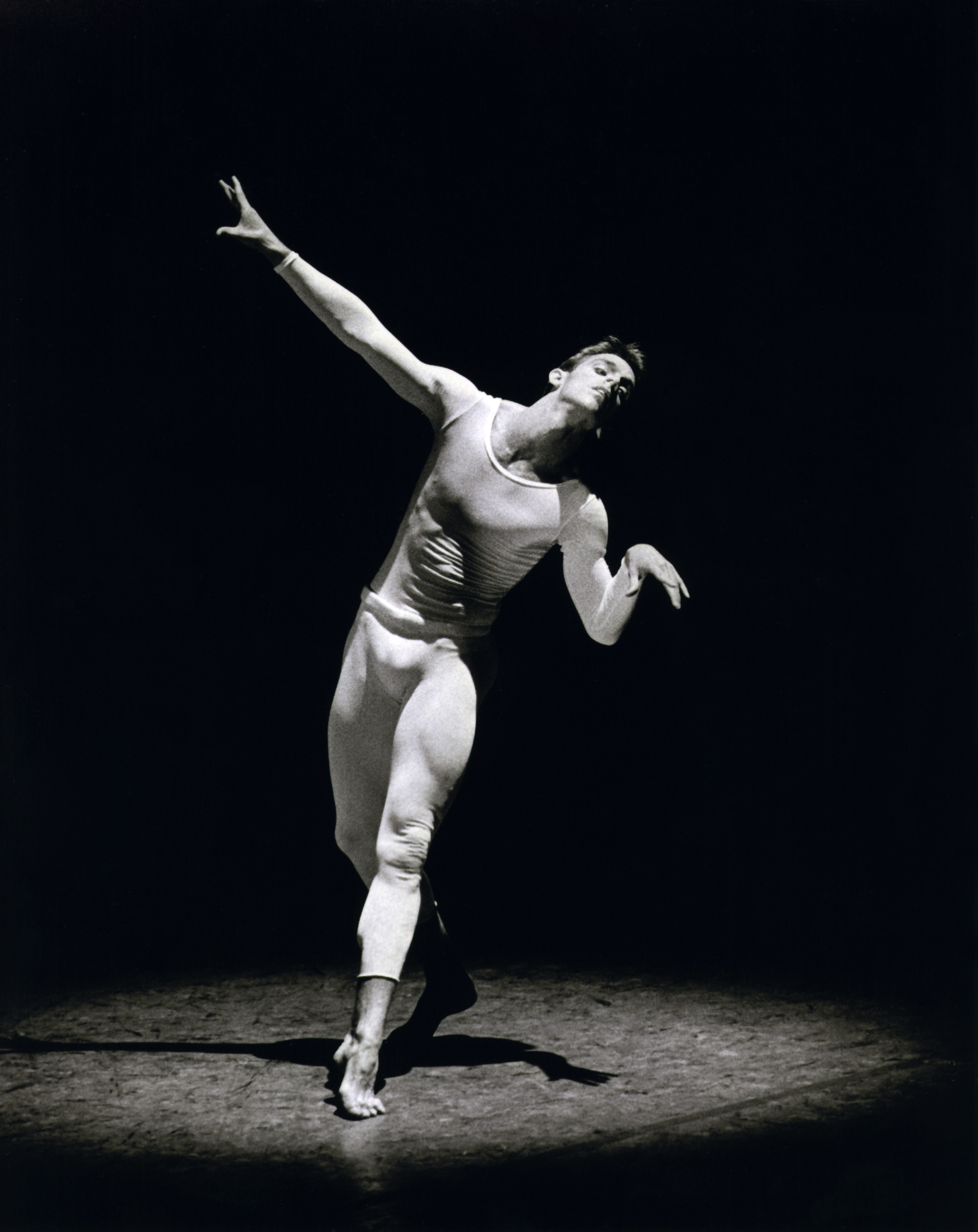
Dancing what was lost

Jovani Furlan
When the curtain opens on Program III: Triple Threat next week, Miami City Ballet will become one of only two dance companies and the only American company to perform the Paul Taylor solo in Balanchine’s Episodes since New York City Ballet in 1986. Peter Frame — the last dancer to have performed this role and répétiteur for the solo at MCB — referred to it as a “lost work of art.” Now, 27 years later, dancer Jovani Furlan will be one of only a handful of dancers to perform this role. Here, he tells all about this rare and exciting opportunity.
The solo was choreographed by George Balanchine and was first performed by Paul Taylor in 1959. Twenty-seven years later at New York City Ballet, Paul Taylor reconstructed the solo from what he remembered for then Soloist, Peter Frame, who came to Miami to set it for us. There is a lot of Martha Graham influence to the solo and it’s been very fulfilling to get to work on it.
On the first day of rehearsal Peter entered the studio and said, “there are no counts and you guys are barefoot.” From that moment, I knew that this was going to be a new and exciting challenge. It’s my very first time dancing barefoot and it feels like I have a new body. Having no layers between my foot and the floor gives me a different awareness of my movement. Luckily, I have very thick skin on my feet so I’m not suffering that much considering all of the pirouettes and drags that I have to do in the almost 8-minute-long solo. The costume also makes me feel very vulnerable. I’m dressed in a white unitard all alone on a big stage with a spotlight on me. I don’t think that I’ve ever been that exposed on stage — it’s scary but I’m so thrilled about this opportunity.
The Anton Webern music is very intricate and sounds almost as if there is no connection between the instruments. There is a calm feeling to it at some moments, but the majority sounds very agonizing, making the dancer appear like he’s trying to scream with his body. With no counts, we have to stop and listen to the instruments closely. We have to understand, for example, that when the harp plays, we have to be doing a penché, or when the horn strikes, I have to be putting my leg down to get to the floor. There are many moments where it’s just silent, and those quiet moments are crucial for us to catch up to the following step.
Peter explained the meaning of the solo — the dancer is a bug, trapped in glass of milk wanting to get out. The poses show the struggle of the bug trying to escape, dragging its body in various shapes and forms. Parts of the solo actually make me feel as if I were stuck to the bottom of a glass glued to the milk — using my hands to move my legs.
What I like about the choreography is that it makes me lose sense of where my body parts are situated. I often find myself trying to create a symmetry that can only be achieved by losing sense of the basic positions — by trying to forget where my arms, head, legs and feet are placed. I go from grabbing my foot in high “developpé à la seconde” to dropping myself on the ground in a split second. There are several of big squats in second position where I literally have to try to drop my hips as low as I can. In the middle of the solo I find myself searching the floor for something. There’s some desperation to it, but I try not to bring too much drama into my interpretation — even though sometimes I get carried away — and let my body and the choreography speak for itself. In so many moments you have to go from a full extension of your whole body to a contraction of your stomach. This is very challenging for me because I tend to be very light and uplifted — to be grounded and make my body contract from the center of my chest is a new for me.
I’ve been discovering different aspects about my dancing that I didn’t know before and it’s been extremely gratifying. Our ballet master Arnold Quintane has a great sense of modern dance and it’s been very helpful working with him daily. Now we are heading towards the last two weeks of rehearsal and soon Peter Frame will be here to give more corrections so we can all look our best on opening night. I can’t wait to listen to the orchestra play the music and have the lights and everything ready to go.
Make sure to see this this “lost work of art” be brought back to the stage during Program III: Triple Threat!
WATCH a sneak peek now!




Saw the original casts of WEST SIDE STORY & EPISODES (with Paul Taylor) so I’m looking forward to seeing what the marvelous MCB will bring to these works. Jovani Furlan has, I think, the greatest challenge in recreating that incredible solo and I wish him the best. Best wishes to all involved with this great program.
Thanks so much! We love your feedback! Jovani nailed his performance in the Paul Taylor solo, so thank again for the best wishes! They worked;-)